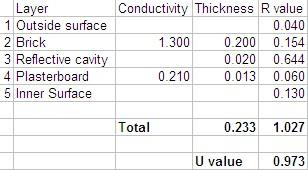We may be talking at cross purposes. It is only necessary to insulate window reveals in insulated walls. If you are just insulating one wall and the window is in another wall, you can leave the window reveal alone.
Condensation is most likely to occur on the window and on exterior walls behind large furniture. Avoid heavy, lined curtains over single-glazed windows (unless you keep windows open in cold weather). Ensure bedroom ventilators or windows are open at night. 1920s houses often had ventilators or chimneys in every room. Unless you fully insulate ALL the walls and windows, you should not block the original ventilation. With adequate ventilation, the warmer you keep the room, the less likely you are to get condensation.
Any existing vapour barrier on the wall (e.g. vinyl wallpaper or oil-based paint) could cause problems if you insulate over it. If there is any hint of damp in the plaster, I would remove it and put up a cement render (e.g.
Soundcoat) and use treated battens. Given your depth restriction, I suggest 50x19mm vertical battens on the wall at 600mm centres with battens at top and bottom. Seal the joins between battens to prevent water vapour getting into the cavities then put up foil backed plasterboard. It looks like just the battens and plasterboard foil could save you 70% of the heat lost through the uninsulated wall.
How you finish the wall is up to you. You can skim with plaster or just fill, prime and seal the plasterboard. You still have the depth to put up 2 layers of 12.5mm plasterboard rather than skimming. The 2nd layer could be tapered edge, paper-backed plasterboard, which you offset by 600mm (one batten) from the 1st layer. Two layers of plasterboard will sound more substantial than one but won't really improve the insulation.
You can place large items of furniture against the insulated wall with much less risk of condensation and mould.


